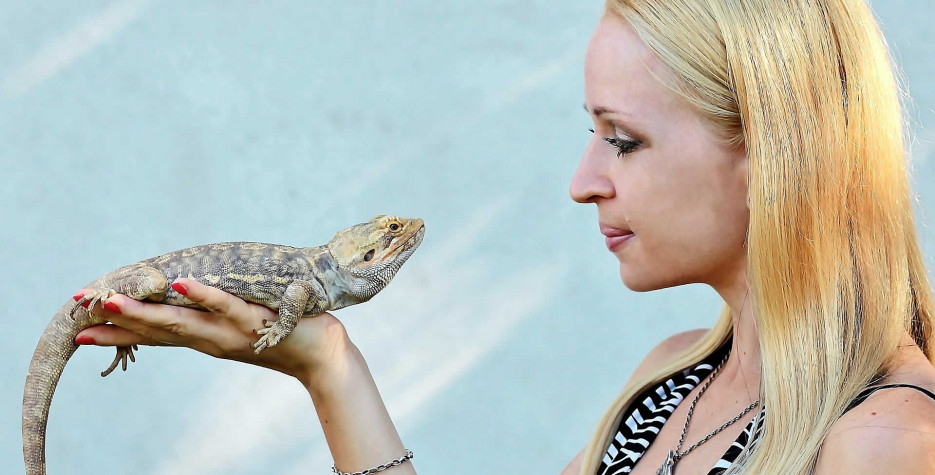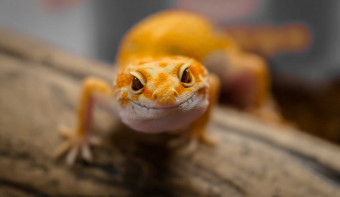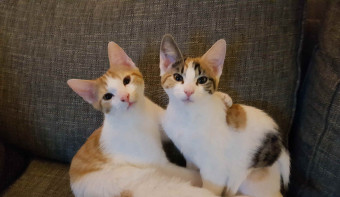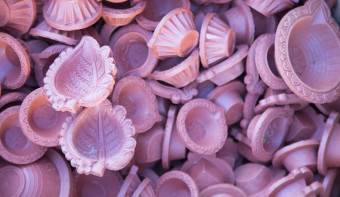About National Reptile Awareness Day
Throughout the year, there are lots of days to celebrate our pets, from Hug your Cat Day to Take your Dog for a Walk Day, but not that many for our reptilian pets.
Each October 21st, we tip the scales a little and shine the heat lamp on reptiles as pets. It’s a day to raise awareness of the benefits of reptiles as pets, but also to highlight the needs of these amazing and endlessly fascinating animals.
What to consider when looking to buy a reptile as a pet.
There are over nine million pet reptiles in America. They are easy to maintain and are fascinating to watch. However, there are some things that you will need to consider before you go out to buy that little bundle of joy as their needs are quite different from those of mammals, birds, or fish.
You will need to consider the space that you will need to keep the pet, the cost of the pet, the type of pet you will be buying, and what you will need in order to look after it.
Reptiles are cold-blooded creatures, meaning their body temperature is the same as their surroundings, so they must be housed somewhere warm, with a controlled environment. This is usually achieved by using lighting to provide heat, and a thermostat to maintain an optimum temperature.
You also need to check to see if you are allowed to have some reptiles as a pet. Not every type is legal to own. Check your state and local laws to see if the specific reptile you’re considering is allowed.
Important factors to consider when looking after your Reptile
People often get pets because they think it will be easy to look after them. Unfortunately, this often leads to them either dumping the animal at a shelter or having to re-home them because they were not properly prepared for the commitment.
Owning a pet is a life-long commitment, and a reptile is a very different pet from a dog or a cat. If you are considering a reptile as a pet, you need to know a few things about them before you go out and buy one.
Lifespan
Reptiles can live for a long time! Be prepared for what may be decades of enjoyment, and responsibility. Depending on the species, in captivity lizards can live from three to 30 years, frogs for 10, and some tortoise lifespans exceed 50 years.
Habitat.
Reptiles thrive in many different environments in the wild. Providing the suitable temperature, humidity, and lighting that imitates that natural environment is essential for creating and maintaining a healthy habitat.
Handling
Proper handling is essential to protect both the reptile’s health and your own. Like most animals, reptiles may be carriers of bacteria that can lead to illness in humans, so among other precautions, it is essential to follow equipment disinfecting guidelines and to wash hands thoroughly with soap and water after handling a reptile, its food, waste or habitat.
Diet
Reptile species have a variety of specific dietary needs. Some can be fed processed pellets or fruit or vegetables, but others require a live diet like rodents for snakes or crickets for lizards and iguanas.
Similar Observances
National Dog Dad Day 🐶
Read More
National Take Your Dog To Work Day 🐶
Read More
Other Observances on October 21st 2025
World Energy Saving Day ♻️
Read More











